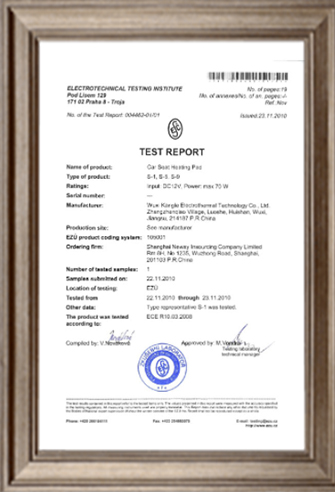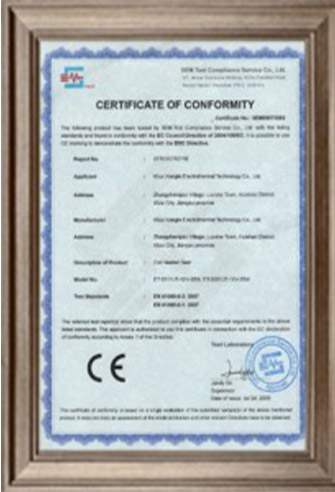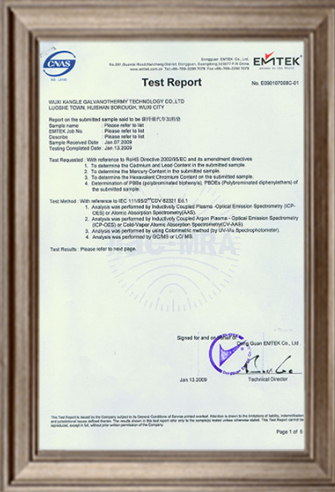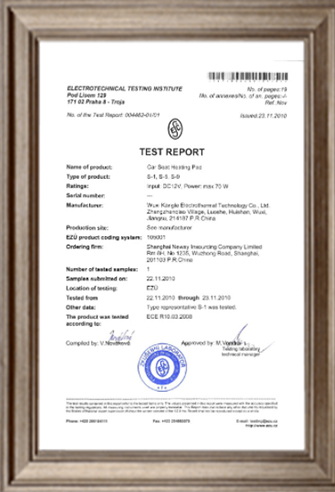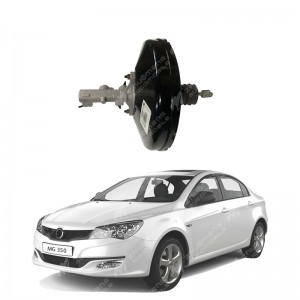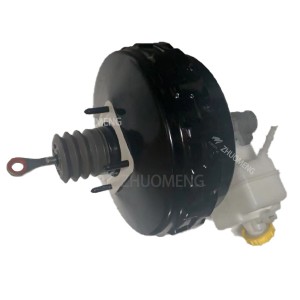Principle of vacuum booster.
The vacuum booster uses vacuum (negative pressure) to increase the force exerted by the driver on the pedal, thereby amplifying the braking force. The specific working principle is as follows:
When the engine is running, the brake booster pump creates a vacuum on one side of the booster by sucking in air, which forms a pressure difference with the normal air pressure on the other side. This pressure difference allows the diaphragm to move towards the low pressure end, thus pushing the push rod of the brake master pump.
In operation, the push rod reset spring holds the brake pedal in its initial position. At this time, the check valve at the connection point of the vacuum tube and the vacuum booster is open. A diaphragm inside the booster divides it into a real air chamber and an application air chamber, which are normally isolated from the outside world but can be connected to the atmosphere by two valve devices.
When the driver presses down on the brake pedal, the push rod action closes the vacuum valve, while the air valve at the other end opens, allowing air to enter. Under the action of negative pressure, the diaphragm is pulled towards one end of the brake master pump, which drives the push rod and further amplifies the leg strength.
This design allows the driver to control the vehicle's deceleration more easily when the brake pedal is pressed, improving driving safety.
Is the vacuum booster easy to break?
The vacuum booster is not easy to damage, as long as it is properly installed and used, it can work normally for a long time. However, the working state of the vacuum booster pump can be affected by a number of factors, including the use conditions of the vehicle, environmental factors, and whether regular maintenance and maintenance are carried out.
Proper use and maintenance: As long as the vehicle is often in extreme driving conditions (such as high temperature, high humidity or high impact), or the vehicle is not regularly maintained, booster pumps can have problems. Therefore, correct installation, use and regular maintenance are the key to keeping the vacuum booster in good working condition.
Environmental factors: The power of the vacuum booster is greatly affected by environmental factors, such as the lack of vacuum caused by driving at high altitudes, and the lack of vacuum caused by cold start conditions. These environmental factors need to be considered in the design and development, and in the daily use of the car, the owner also needs to have a certain amount of diagnostic self-examination experience to deal with these problems.
Common faults: Common faults include vacuum booster check valve damage, which can lead to a loose seal, hard brakes, and unstable idle speed when braking. In addition, oil leakage phenomenon is also a common problem, when the brake master pump oil leakage, through the end of the oil seal deep into the booster, resulting in the vacuum booster diaphragm deformation, seal is not strict, power drop.
In order to maintain the good working condition of the vacuum booster, it is recommended that the owner check and maintain the brake system on time when using the car at ordinary times. In addition, the vacuum booster pump is a kind of high precision and sensitive pump, which must be strictly adhered to the rules of lubrication, check whether the operation and lubrication are normal, and check whether the pump has leakage phenomenon. If the vacuum booster pump is not used for a long time, it must not work at full load immediately when it is reused.
The vacuum booster is broken
The performance of the vacuum booster broken mainly includes poor braking performance or no braking effect, slow or no brake pedal return, obvious abnormal sound can be heard after stepping on the brake pedal, the direction of braking deviation or shaking, and the brake pedal feeling soft. These symptoms indicate that the vacuum booster may have a fault, such as air leakage or damage, and it needs to be checked and repaired in time to ensure driving safety.
The importance of the vacuum booster is that it assists the driver to improve the strength of the brake and reduce the intensity of the driver's brake work, thereby enhancing the efficiency and safety of the brake. When the vacuum booster fails, such as air leakage, it may lead to a significant decline in braking performance, or even a complete loss of braking effect, greatly increasing the risk of driving.
The performance of vacuum booster air leakage may include poor brake performance, slow or no brake pedal return, and obvious abnormal sound can be heard after the brake pedal is pressed. If these symptoms are found, it is recommended to check and repair the vacuum booster in time.
If you want to know more, keep reading the other articles on this site!
Please call us if you need such products.
Zhuo Meng Shanghai Auto Co., Ltd. is committed to selling MG&MAUXS auto parts welcome to buy.


